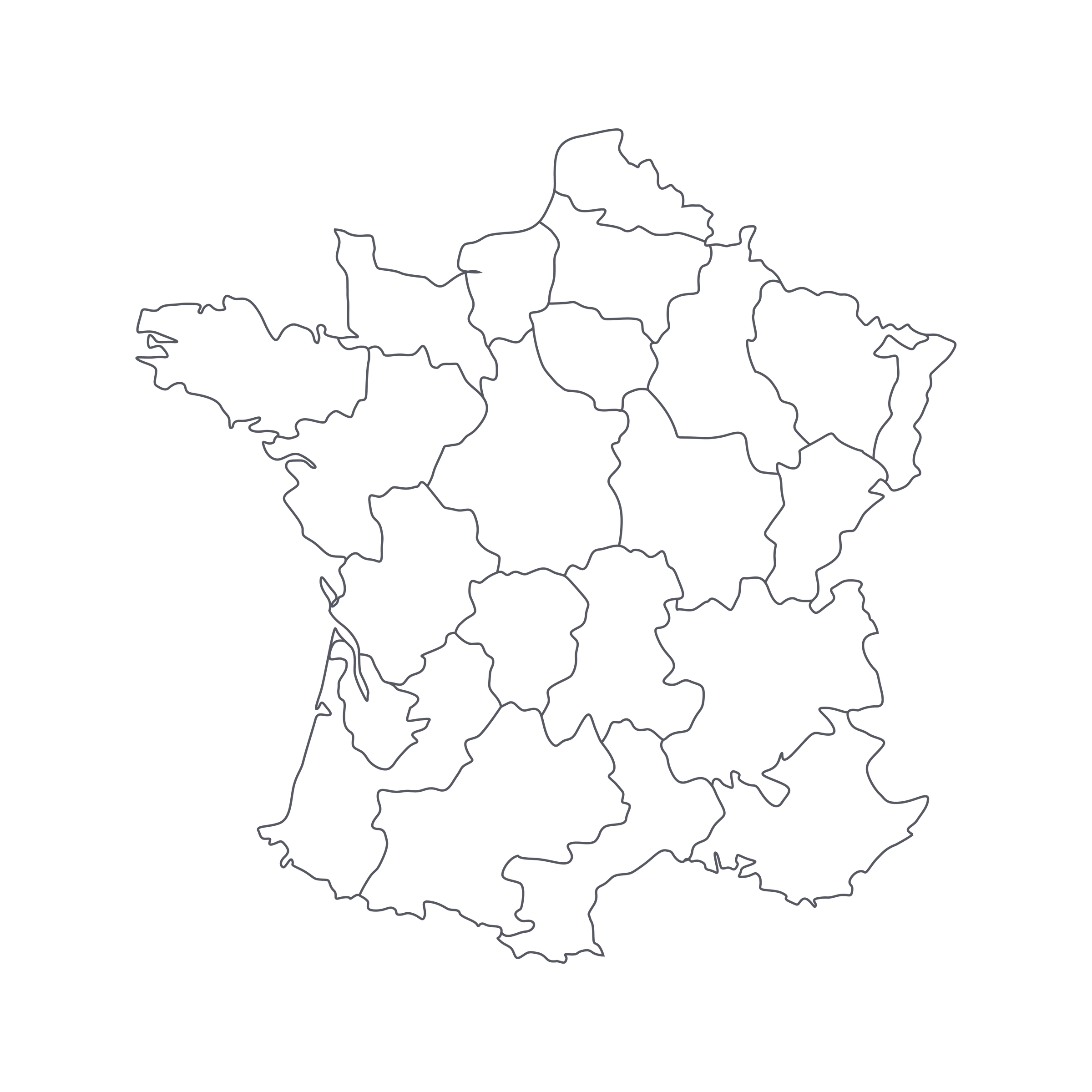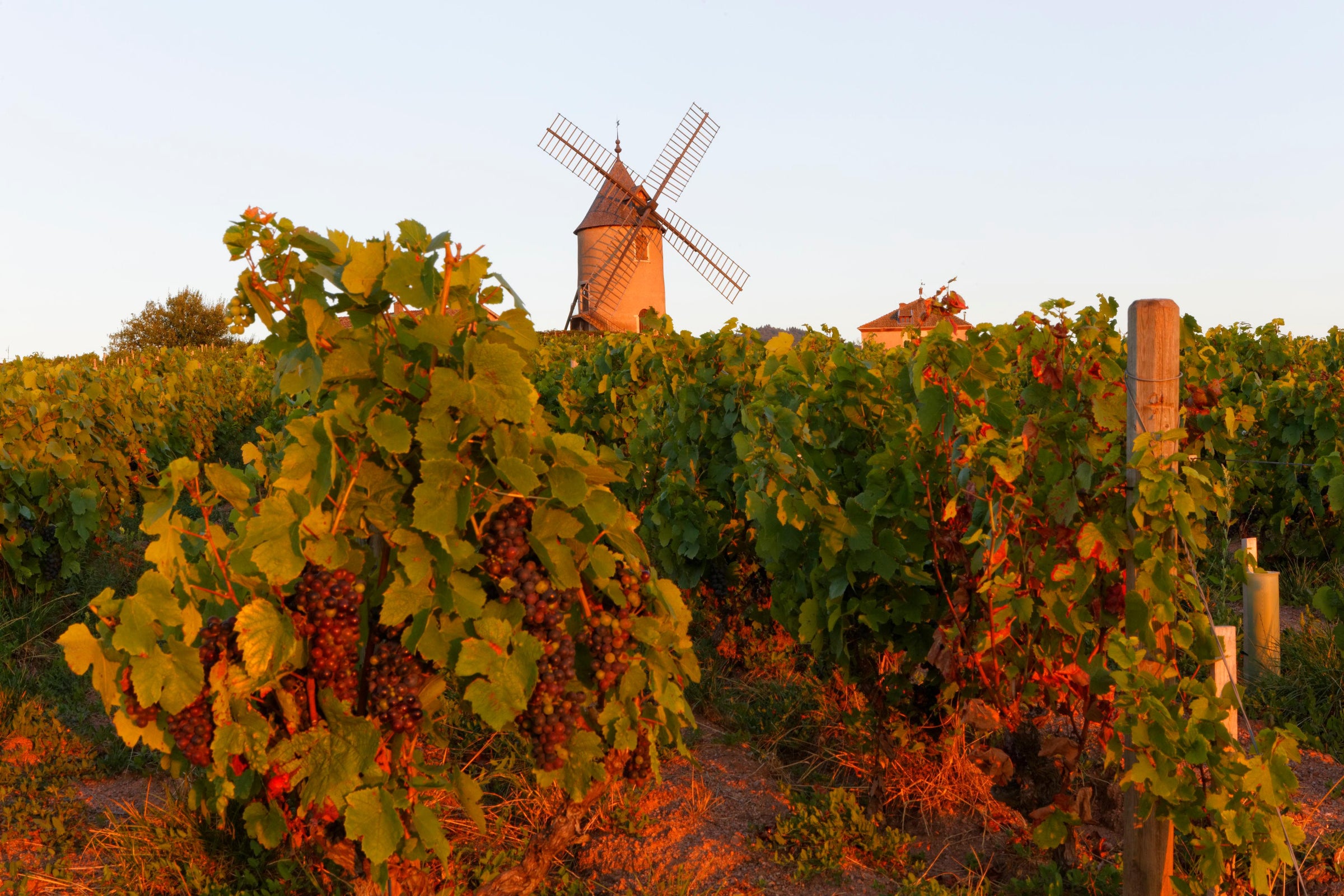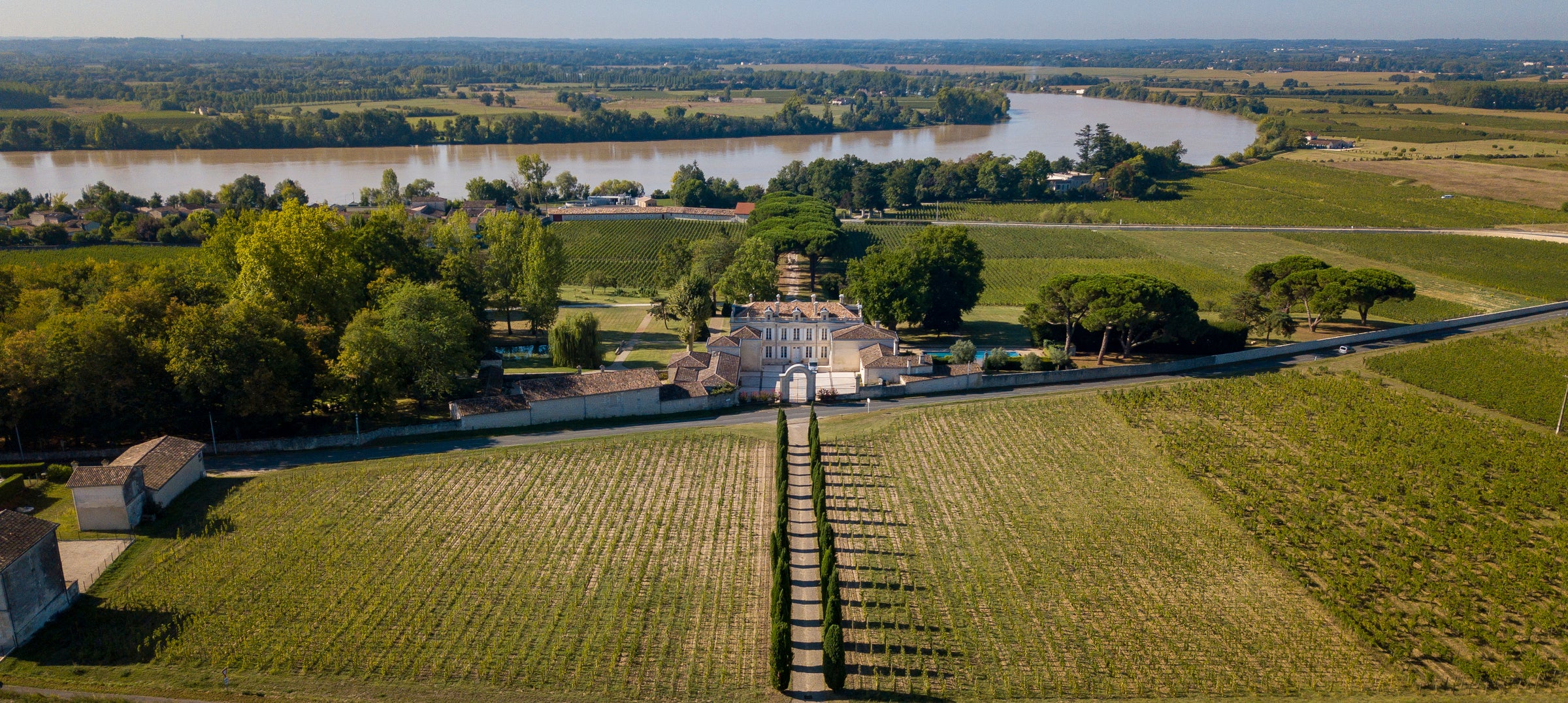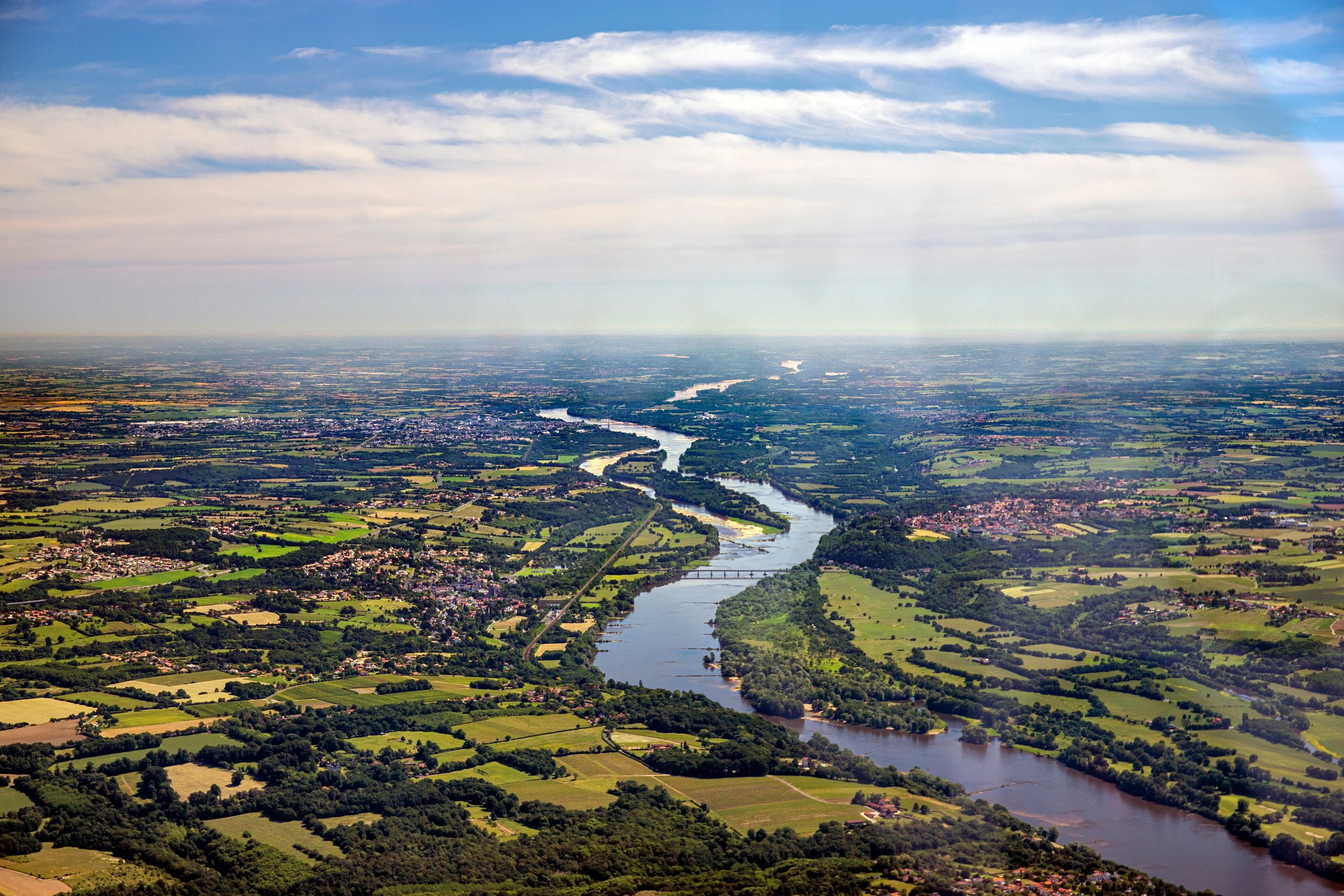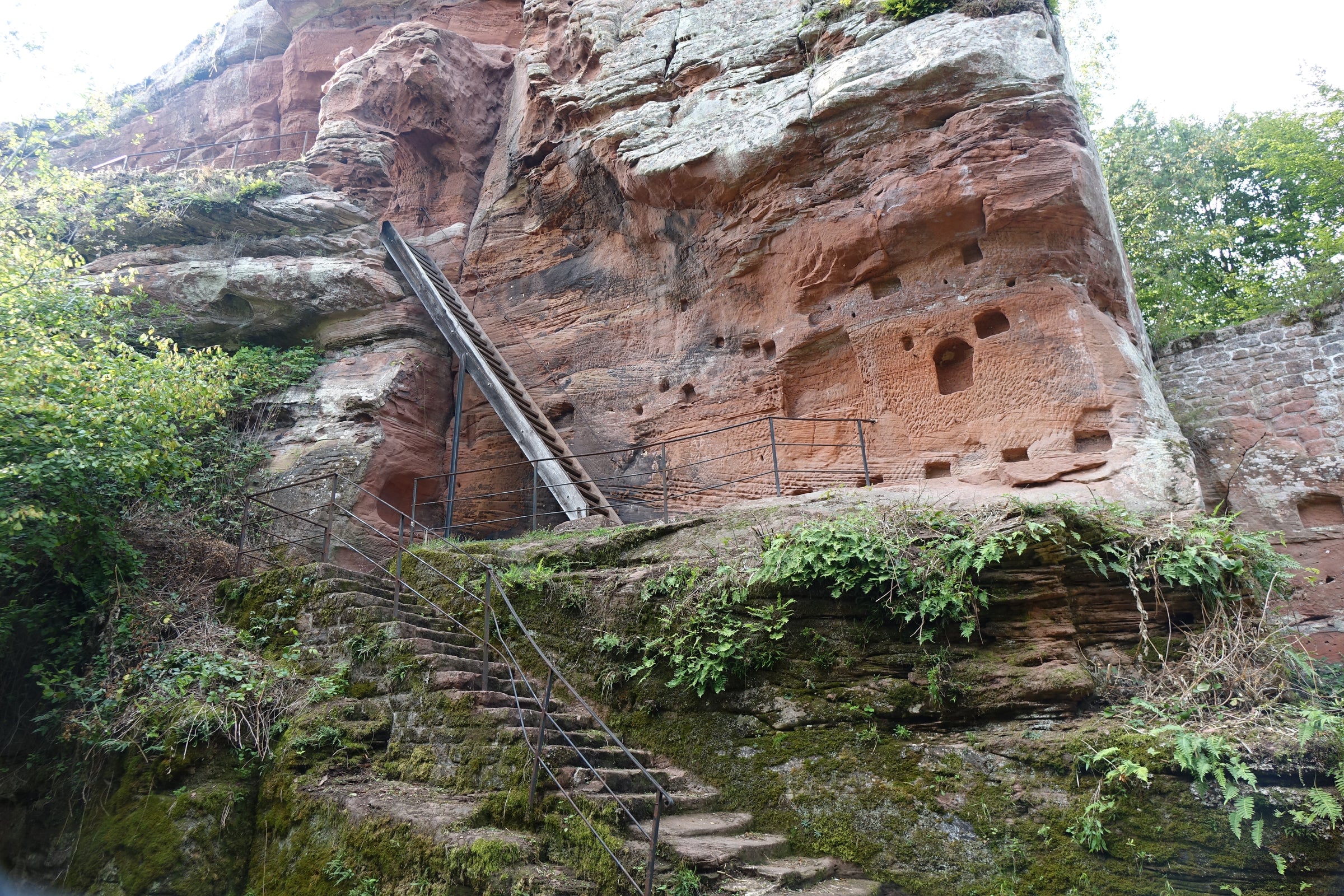I frequently credit “multi-generation family estates” and “wine dynasties” for their hugely important role in the history and evolution of wine. Still, many of the most memorable and moving stories (and wines!) come from regular people who start with nothing and, against long odds, discover an almost divine talent in the cellar and vines.
Nobody held my hand when I was getting into the wine business so, for me, there is something especially inspiring about people like Valérie Forgues. Valérie emerged from almost complete anonymity—as a struggling single mother with no experience in wine—to become one of the most fascinating and talked-about vigneronnes in France’s Loire Valley. I’ve observed the growing buzz over Valérie’s wines for a few years with great curiosity, but actually locating a bottle to taste turned out to be quite a challenge! Thankfully, these wines are worth the extra effort. The vividness of the limestone terroir, the astonishing purity of Gamay fruit, Valérie’s uncompromising commitment to hardcore organic farming—and all for $25? It’s pretty ridiculous. These are limited, handmade wines so inventory is short and I’m not sure how long this offer will last: All I know is this is a delicious, deeply satisfying red and you shouldn’t miss it!
Twenty years ago, Valérie Forgues’ former husband realized his lifelong dream of owning grapevines and purchased a small estate in the Loire Valley’s Touraine region. The location, just a few hours southwest of Paris, allowed her husband to continue his business career while enjoying a second “weekend warrior” life in wine. They made a go of it together for a while, but the wines, and the couple’s finances, did not fare well; they eventually separated, leaving Valérie with some big decisions to make: Which path forward would provide the best life for her and her sons?
She didn’t waste much time deliberating. She looked outside the window at a rolling expanse of ancient vines; thought about her university degree in agriculture; and she realized she was simply unwilling to uproot her two sons from the rural home and healthy environment she had worked so hard to provide for them. So, the answer was clear: She would become a wine producer. And she would do it more thoughtfully and more passionately than anyone before her on the property.
While the first few years were bumpy, Valérie’s commitment and inherent talent brought growing promise and success. She read incessantly about wine and grape farming, and listened to (but did not always take advice from) relatives and nearby producers. Valérie gradually pushed farming on her property further and further toward its current, pristine organic state. She learned that hand farming and harvesting cost more time and money, but the fruit quality was undeniably superior and the work more fulfilling. She discovered that cleaning fermentation tanks was not just a thankless chore, but rather that keeping an exceptionally clean cellar and carefully monitoring temperatures meant that she could ferment wine naturally, and without synthetic yeast—and again, the results were superior. Between 2008 and the present, Valérie continually refined her focus and kept improving the quality of work in the vines and cellar, and eventually, people began to notice.
When I hear other sommeliers talk about Valérie Forgues’ Loire reds, they often use words like “serious” or “structured.” Obviously, those aren’t words one often applies to modestly priced reds from the Loire Valley, and that’s a big part of the excitement surrounding Valérie right now. Case in point: Today’s 2016 Touraine Gamay delivers all the stony minerality, wild flowers, electric raspberry and just under-ripe strawberry fruit and succulent, mouthwatering limestone acidity one encounters in top-tier Cru Beaujolais reds—but few wine professionals would ever anticipate the impressive power, chiseled tannins, and decidedly “grown-up” character of this red. It drinks well above its price tag, showing great sophistication without sacrificing one ounce of vibrant energy and joy. It will silence any suggestion that great wine can only come from decades of experience and generations of inherited vines. It may have taken a few years and some challenges for Valérie Forgues to discover her destiny in wine, but there’s no denying she has a gift. Please decant this bottle for 45 minutes before serving in Burgundy stems. This bottle would absolutely sing with a variety of classic French “country” dishes, but after opening multiple bottles over the last week, I’ve discovered it is also an exceptional pizza and cheeseburger wine, too. Whichever route you take, be assured you’re drinking pure, painstakingly crafted, “real” wine. It’s a good feeling. Cheers!


